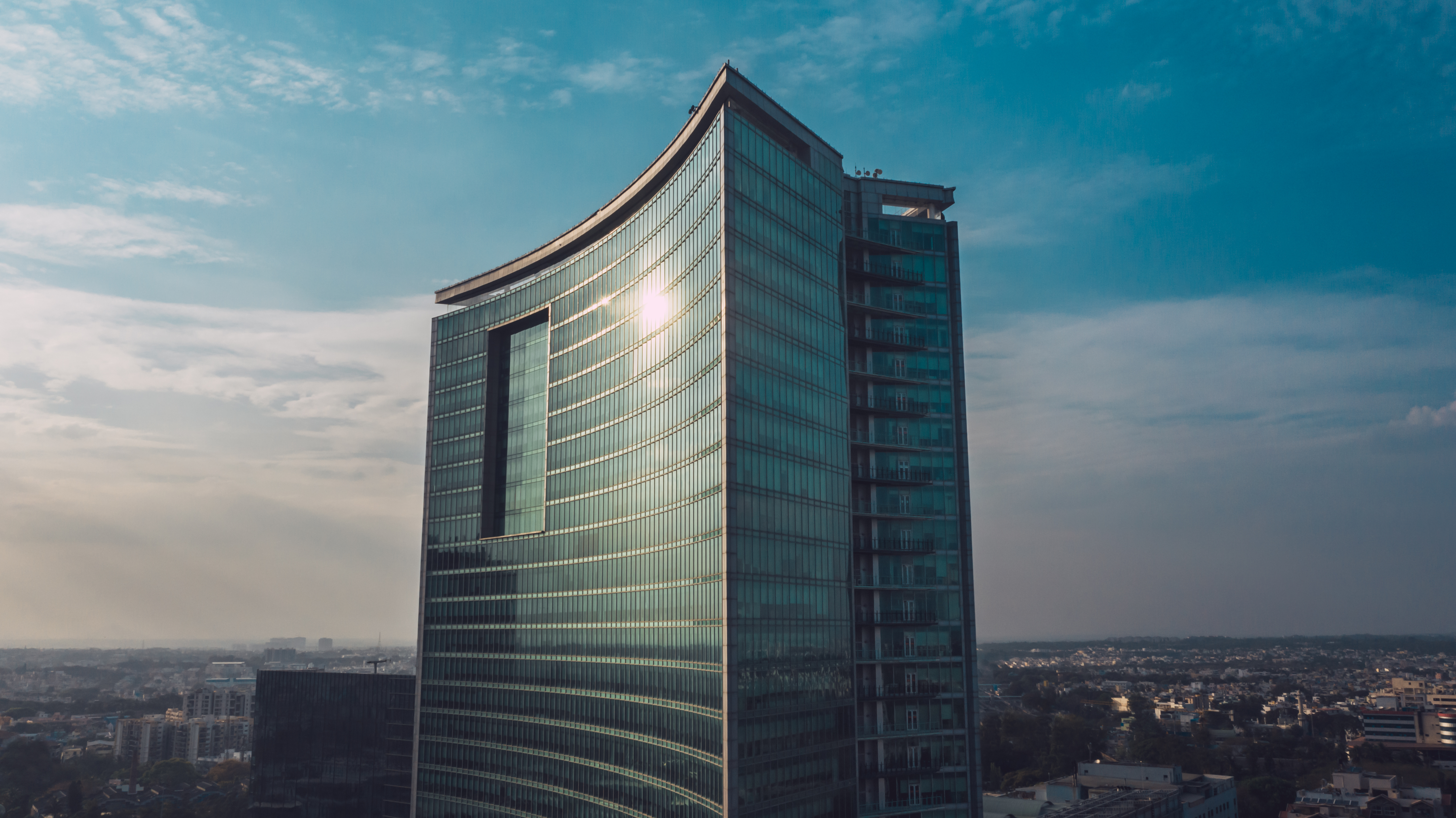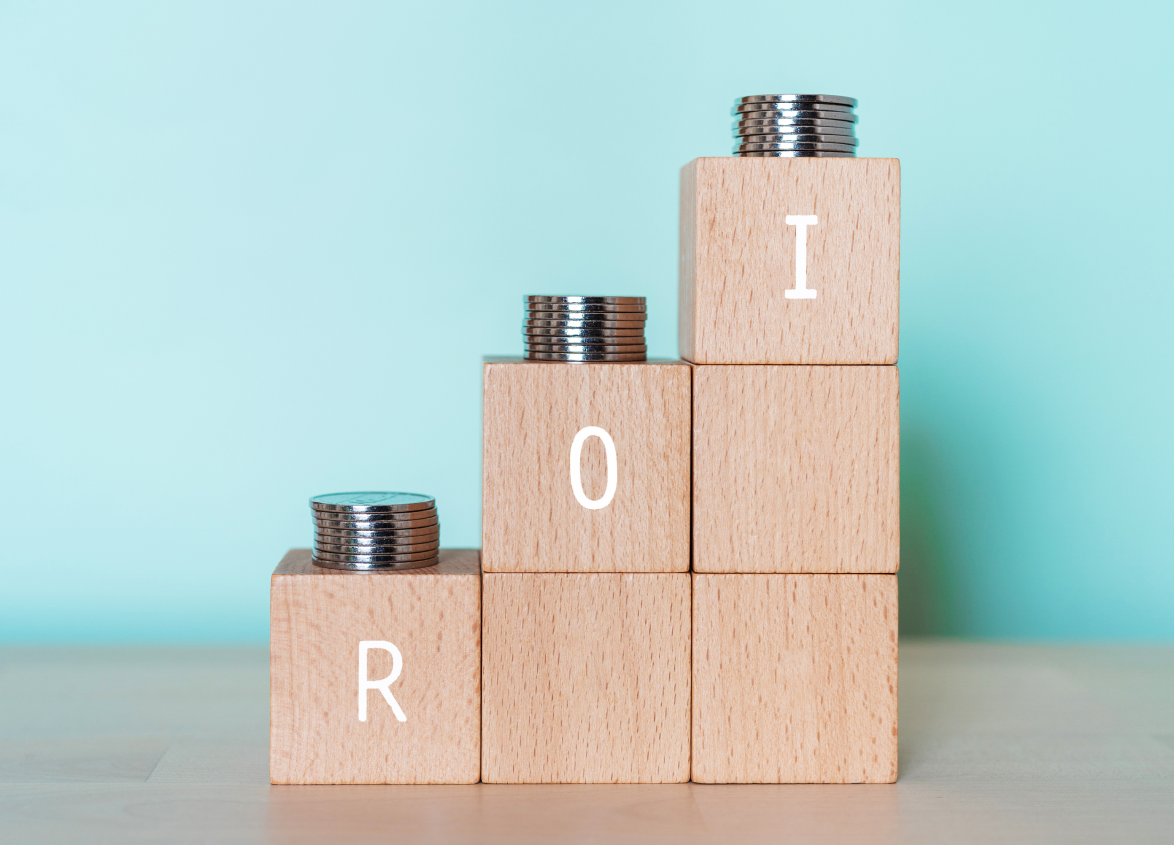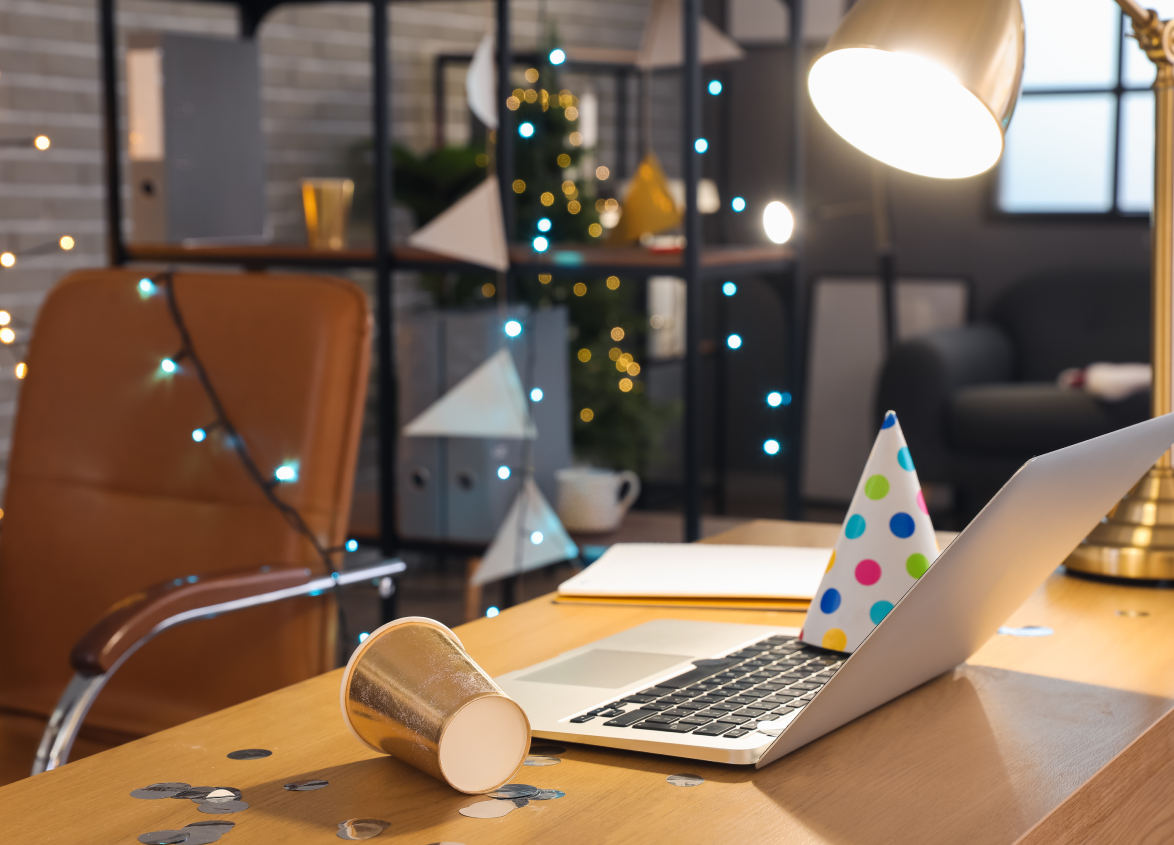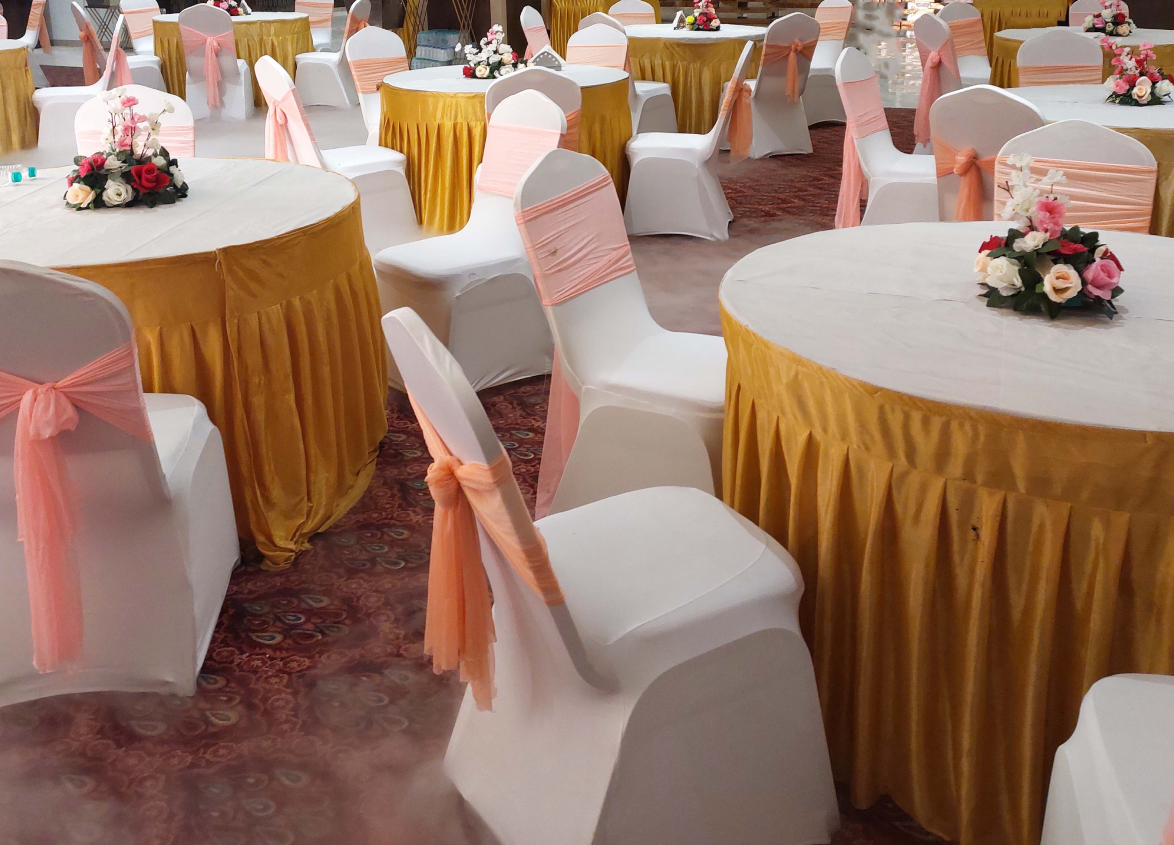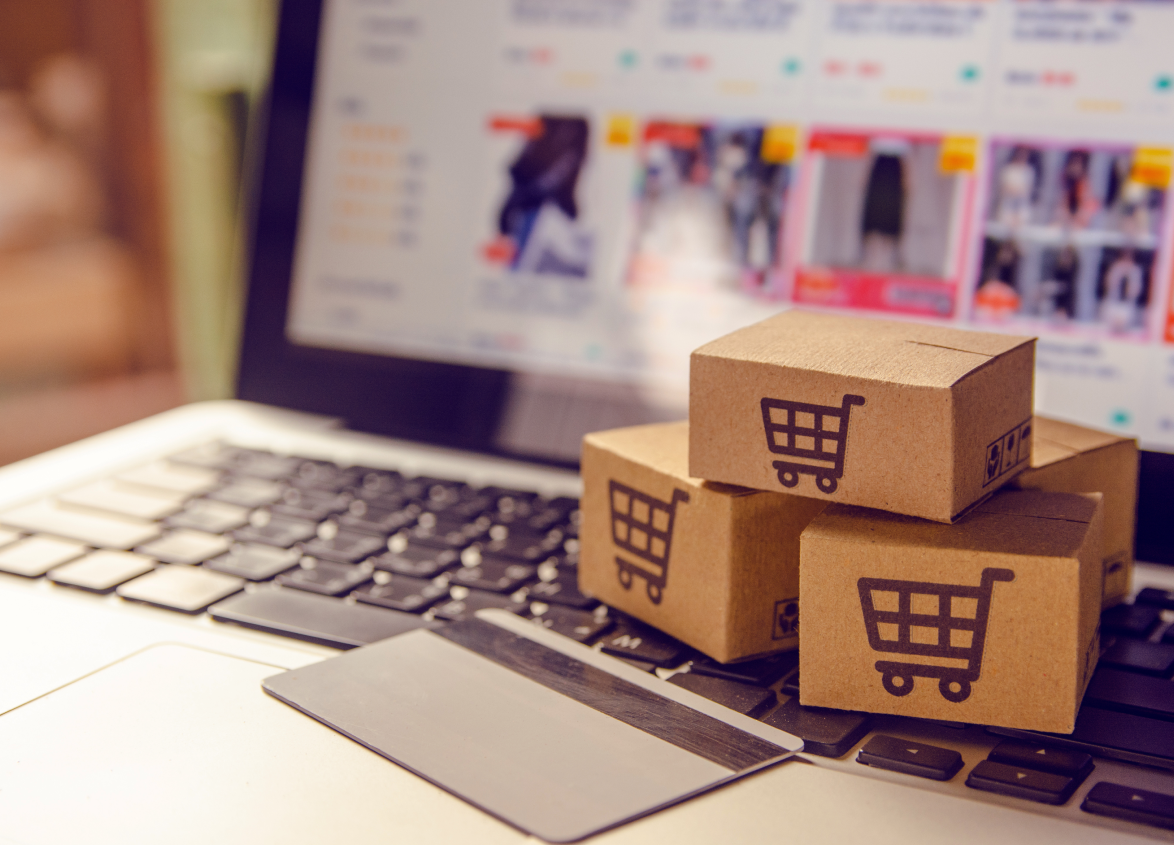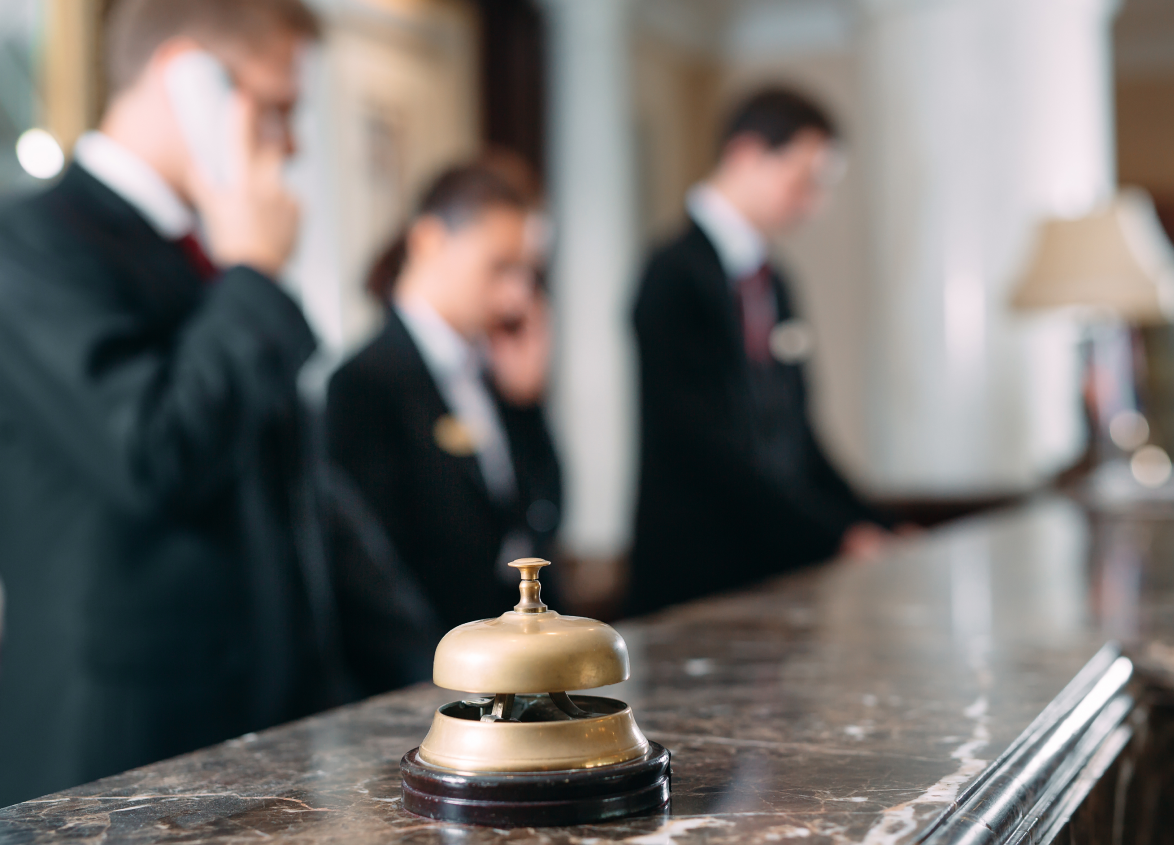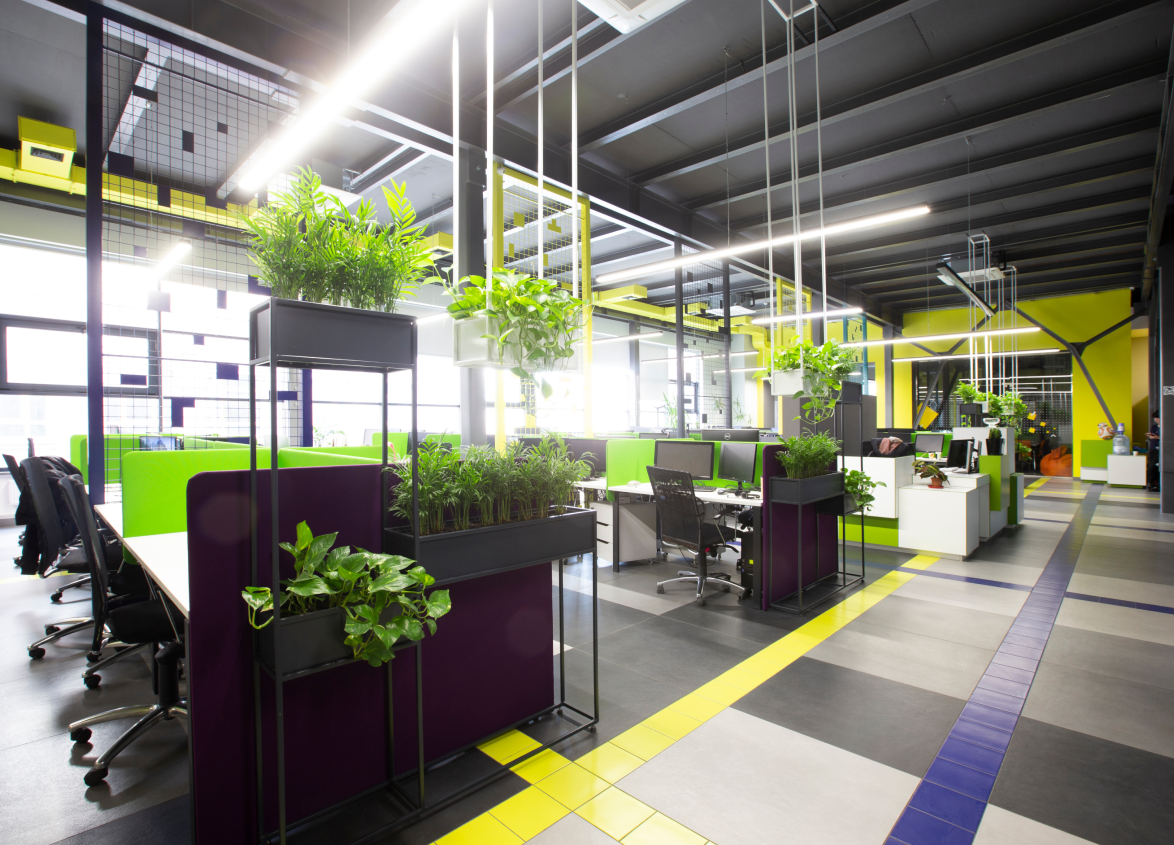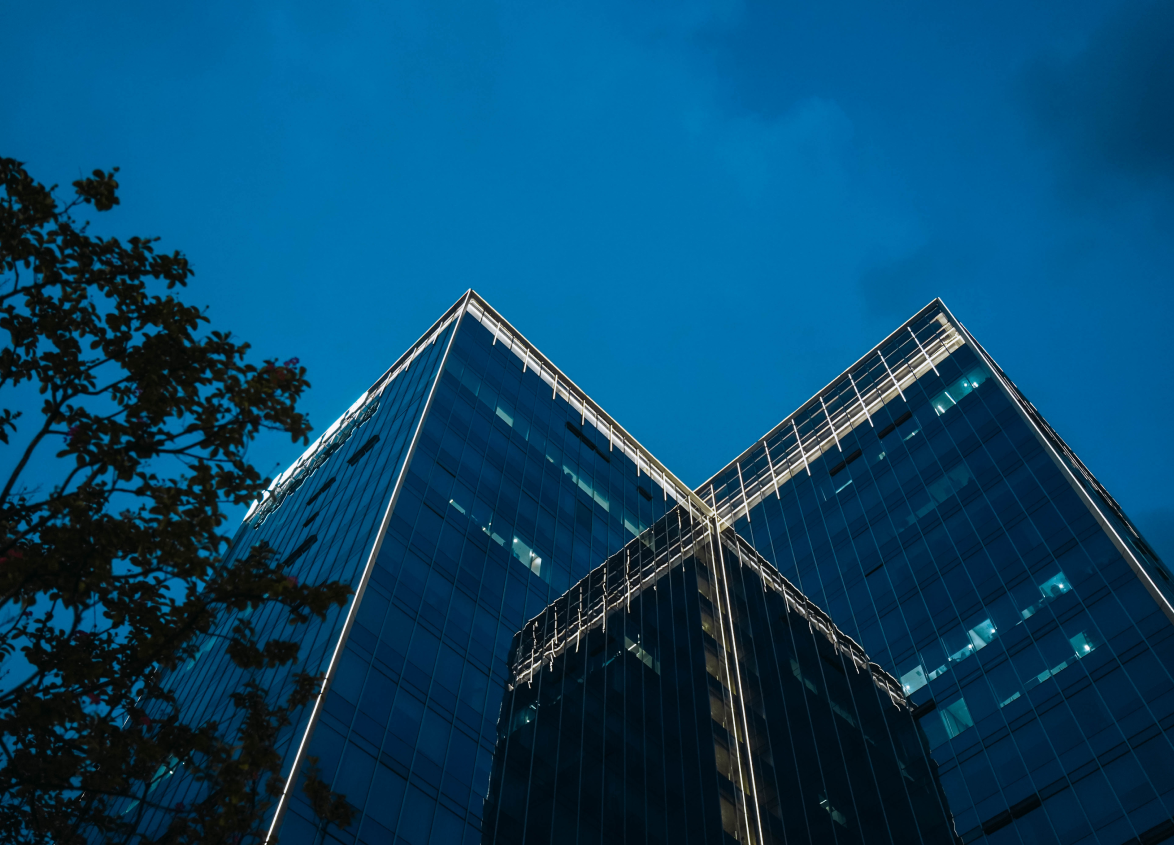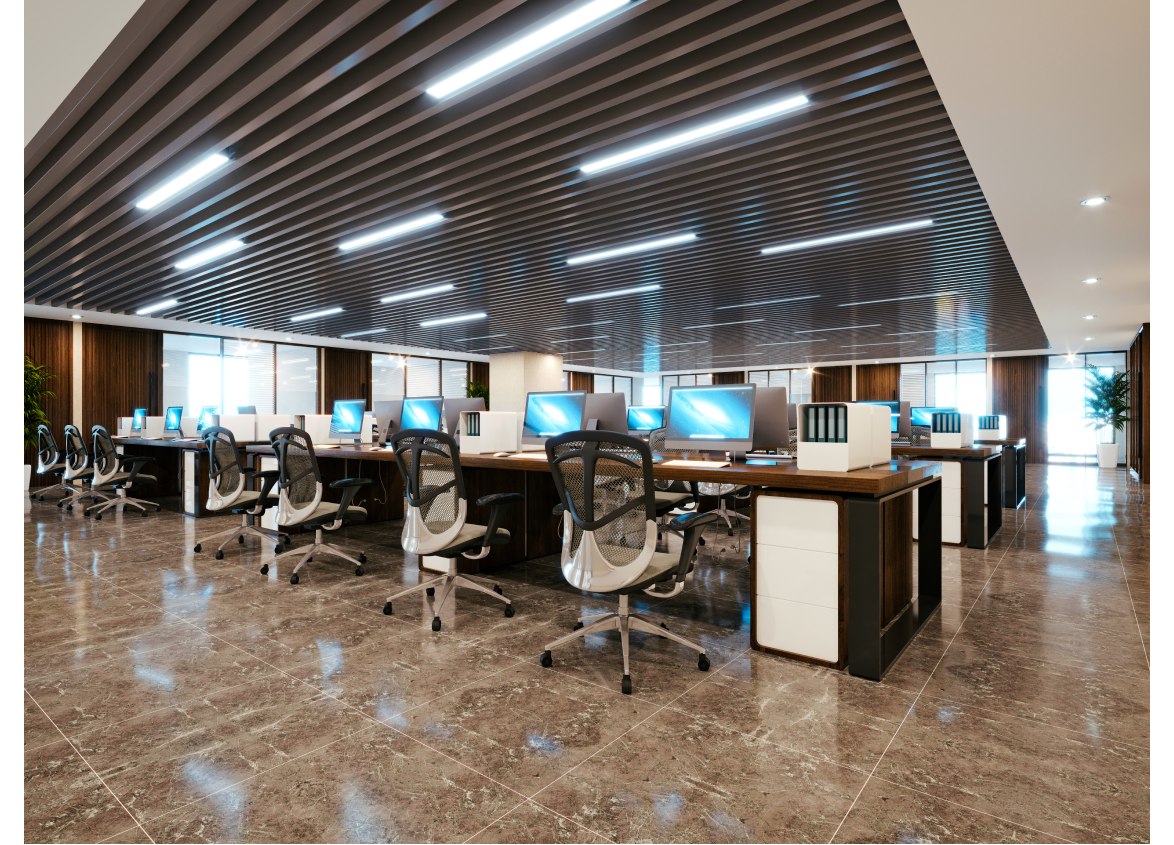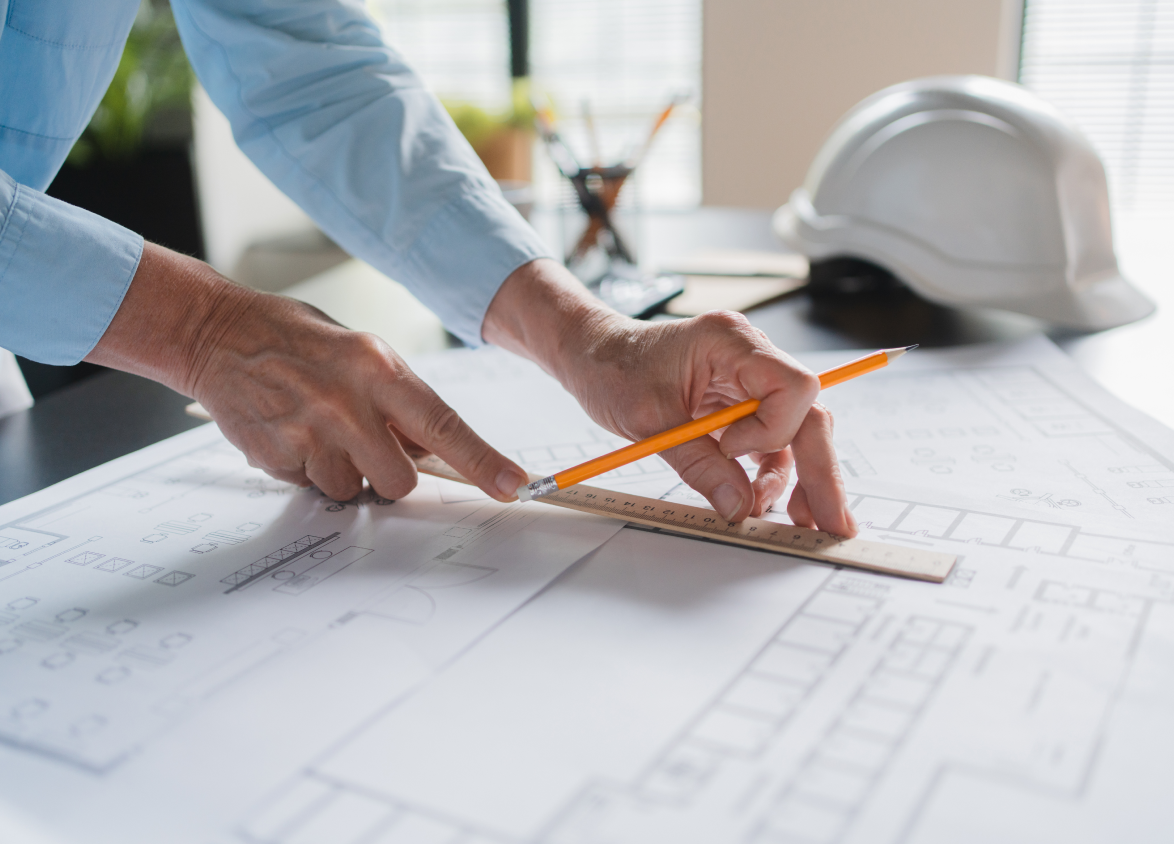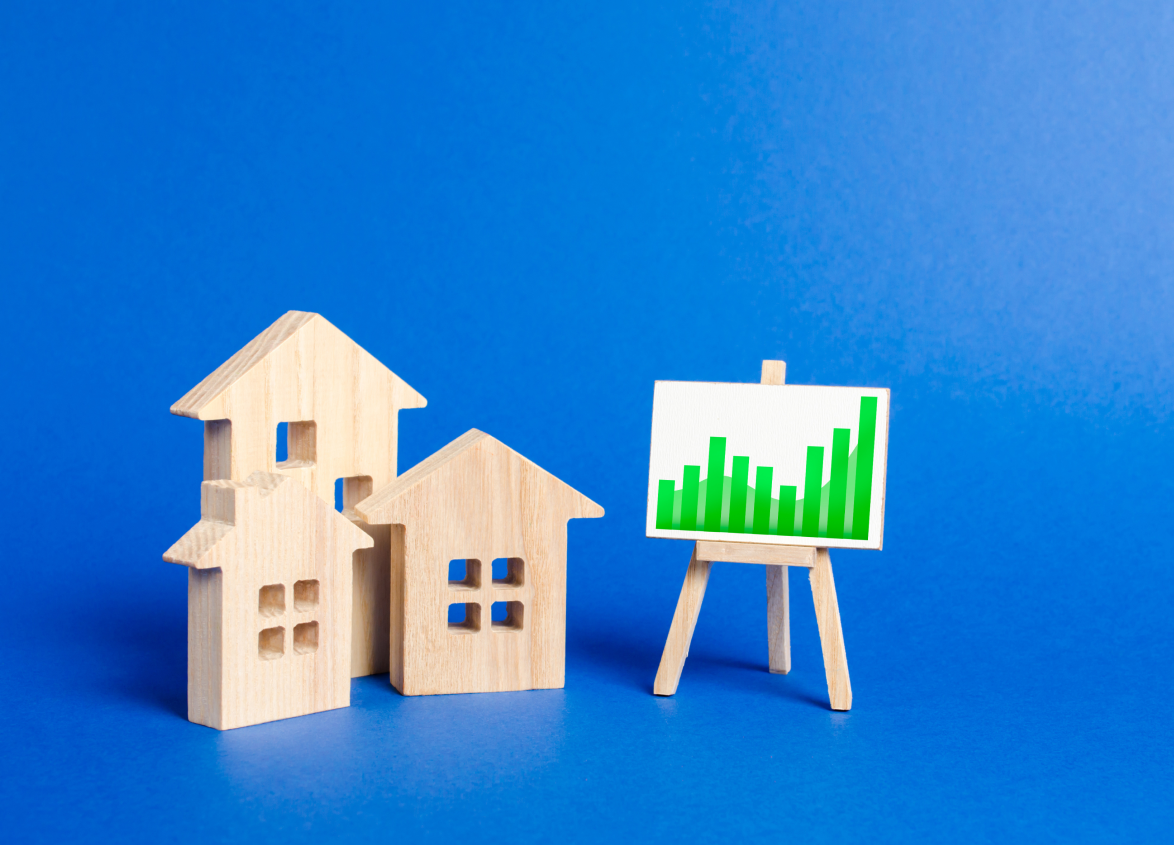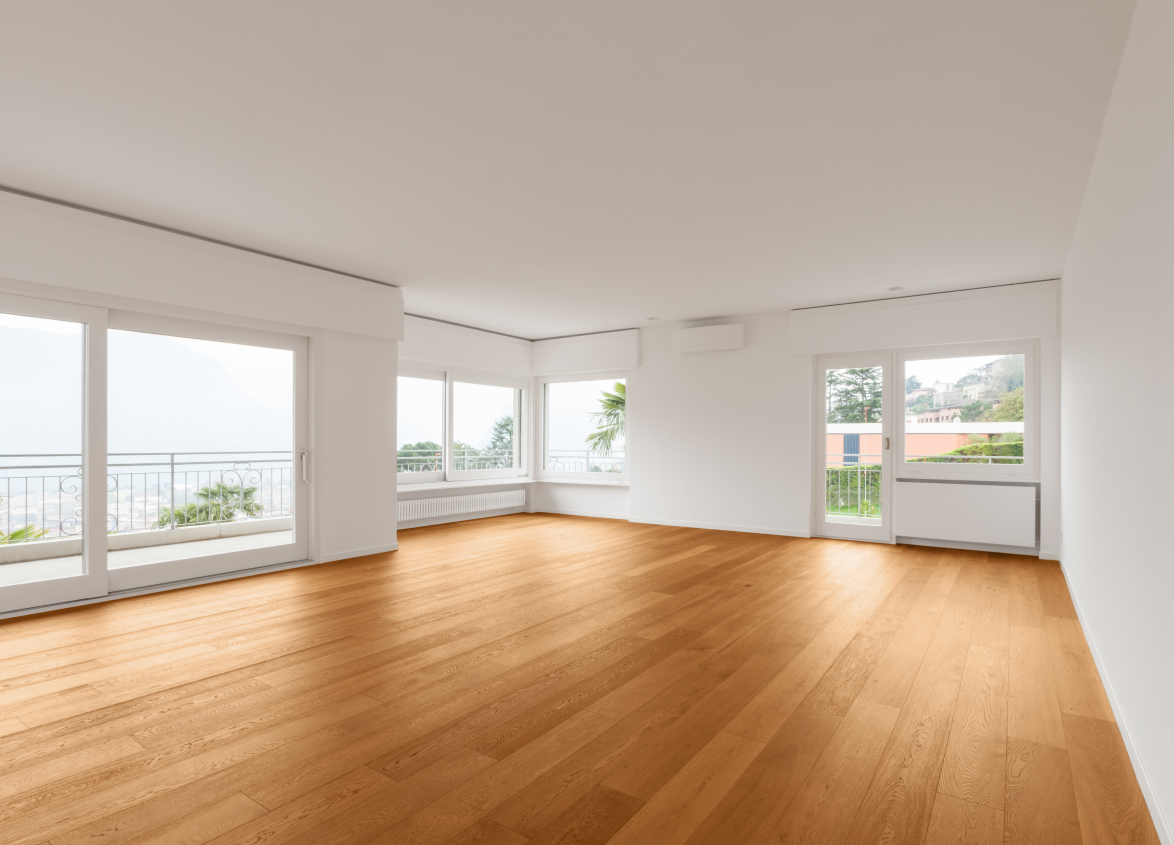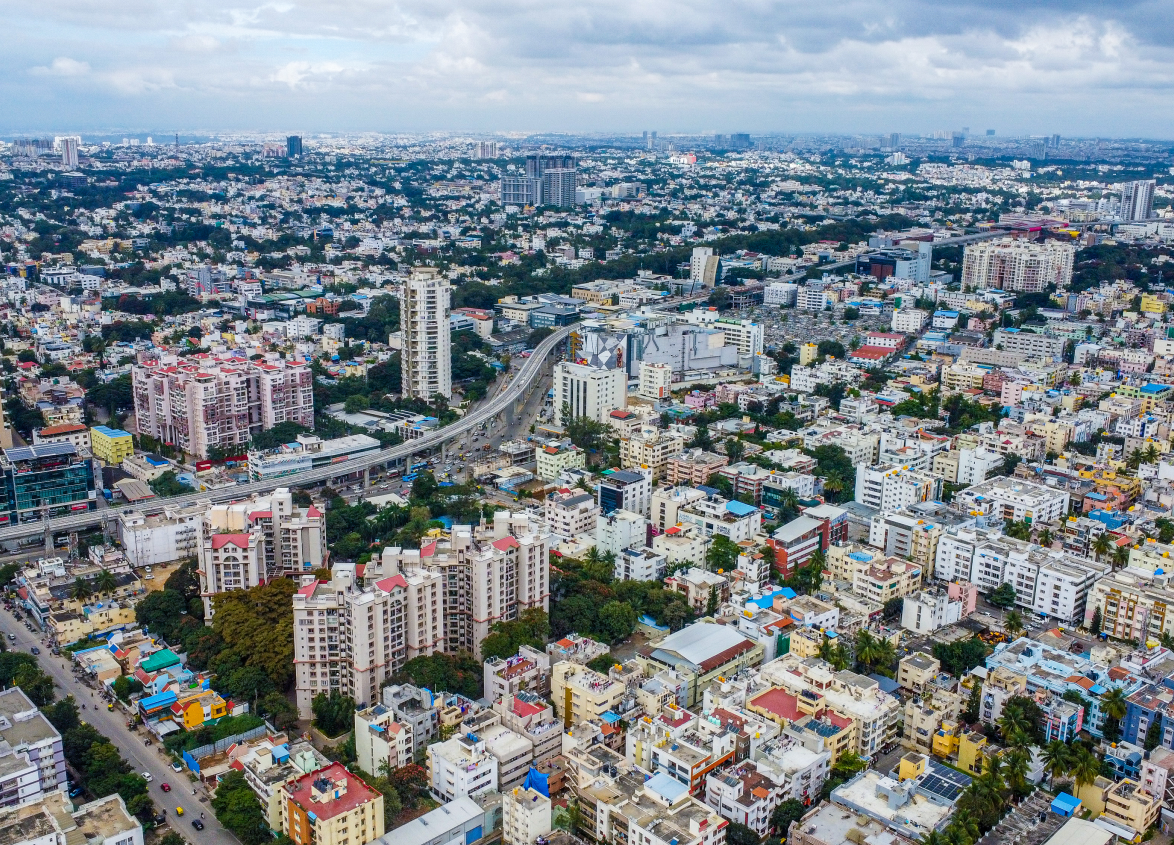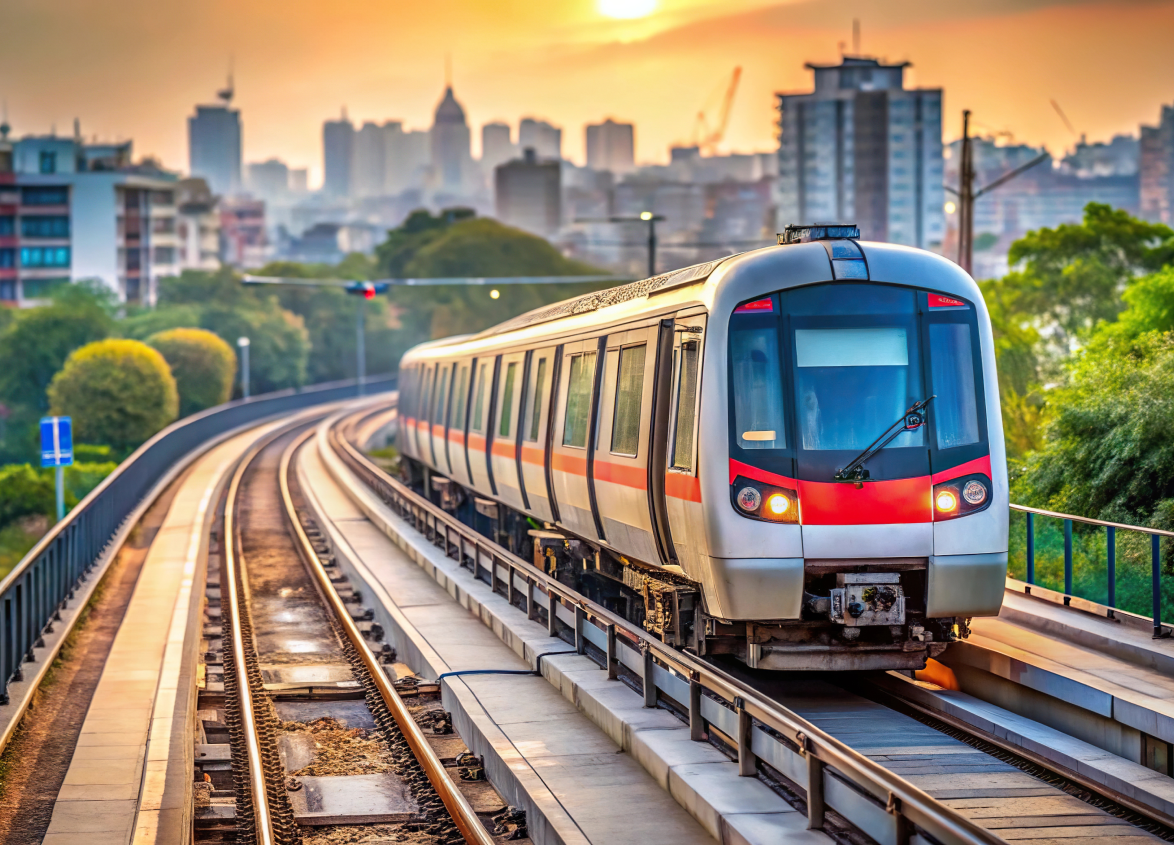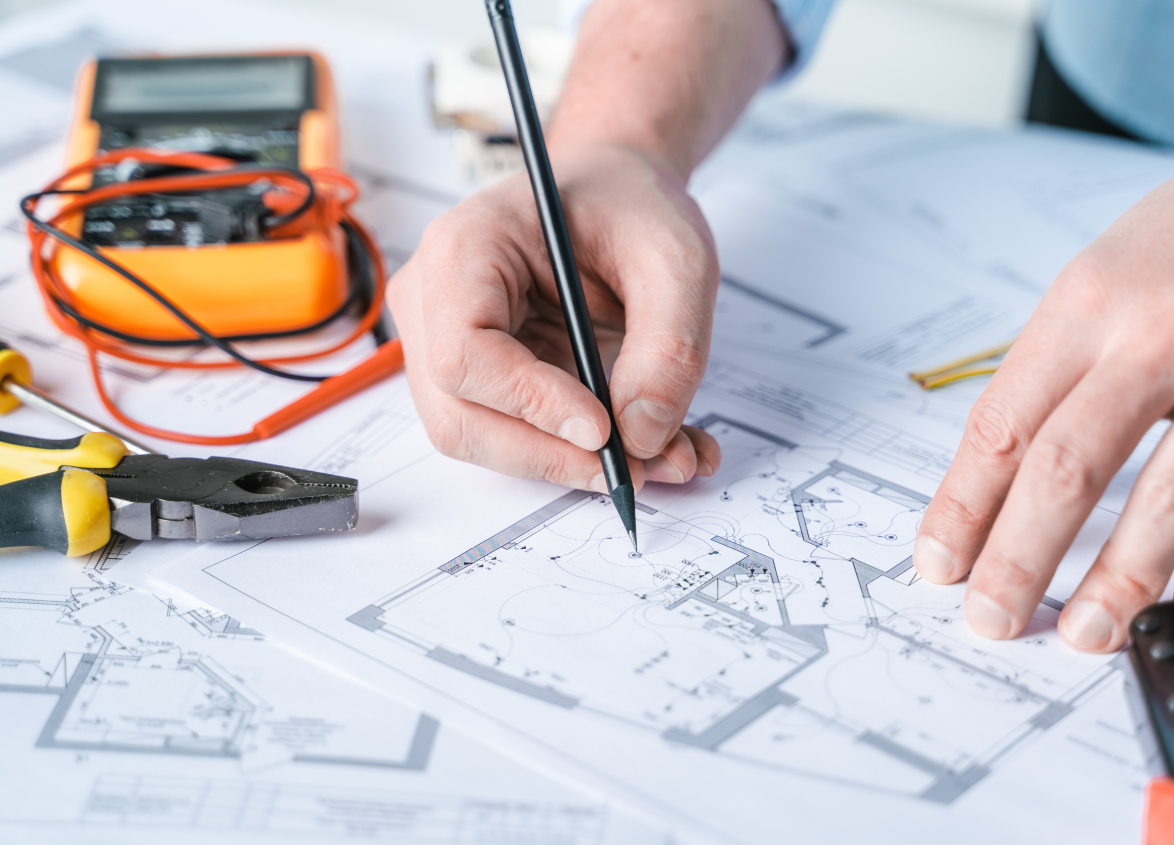
Commercial
With the onset of 2023, how has WFH evolved over the last year
March 18, 2021
One of the most unprecedented years just passed off. 2020 brought some very unexpected changes, one of which was work from home. And soon it became a thing. Everybody was talking about it, about its perks and its drawbacks. But during the year, we saw its massive adoption and then the change in its narrative and perception with time. With the end of 2020 and the beginning of the new year, let’s see how WFH has evolved.
The onset of lockdown
Even before the first lockdown was announced, people had started taking safety measures, and offices had declared work from home and many people witnessed a new way of working, overnight. As an immediate response, people loved it as they could have the luxury of staying at home and working in their own comfort. They set up their home office and soon video calls became the primary mode of communication.
Prominent organizations like Google declared a long-time WFH policy in light of people’s safety. People around the globe started discussing its future and debated whether the need for physical office space will be reduced. There were discussions within teams, on prominent platforms and through articles about its feasibility, will it bring flexibility among workspaces, whether it can be a permanent change, so on and so forth.
Coronavirus: How the world of work may change forever - BBC
Is Working From Home The Future Of Work? - Forbes
Covid-19 could cause permanent shift towards home working - The Guardian
WFH became the buzzword.
Amid the pandemic and WFH
As we survived half the year going through tough times, WFH became a part of our routine. While people were now accustomed to working from their home, a shift in its initial buzz was noticed. With monotony setting in from staying at the same place for months, the initial fondness towards WFH started fading away. Many people witnessed that the workload had actually increased during WFH. Managing work from home and work for home started getting difficult for many. It became harder especially for people living alone, as they had to manage everything by themselves. A major chunk of the population felt alone and some even suffered from depression. The lockdown affected people’s mental health, which started reflecting on their productivity of work.
Gradually some of the offices started opening up at 33% capacity and 6-feet apart sitting SOP. As people returned to the workspace, they felt refreshed and revived as they met their friends and colleagues. The lockdown proved to be a silver lining as people realized the importance of a workspace and working together with their teams under the same roof.
Starting April 20, India's offices and workplaces will need to follow these norms - Economic Times
Towards the end of 2020
By late 2020, most of the offices started opening gradually with utmost safety and precautions. People headed back to work and a majority of them realized that they in fact need a separate workspace to focus and work. Life started getting back on track.
While in March, it seemed to be a promising option and physical offices seemed to be reducing in numbers, with time people’s perception changed. While WFH can be a fresh change in the workspace, it cannot be a permanent one. An office is a place that lets people work together, collaborate, and spend quality time with colleagues. While flexible working hours can be introduced, employees want to come to the office for productive work. So the concept of workspace gradually started changing and the leaders are now focussing on making it more people-centric.
What’s next for remote work: An analysis of 2,000 tasks, 800 jobs, and nine countries - Mckinsey
How is 2021 going to be for WFH?
In 2021, people are back to their offices. WFH has ended or is about to end for most of the companies, and everybody is getting back to their normal office routines.
Nonetheless, working from home and the whole pandemic situation did bring some new perspectives in the existing work dynamics and physical space. For example, hygiene will be a major focus in all the workspaces. People will take mental health more seriously and the leaders will take actions to bring down stress at the workspace. The office interiors will be more lively and people-friendly to boost positive energy.
One of the JLL reports has summed up WFH quite well where it described that - ‘While remote working brings a distributed and diverse workforce, it also brings challenges related to productivity and efficiency. So while WFH was a good alternative to continue work during tougher times, its permanence and long-term feasibility are rather questionable for a majority of the companies, and hence the need for physical offices is not going to die anytime soon.’
MUST READ
Looking for something specific?
We'd be delighted to help you.


